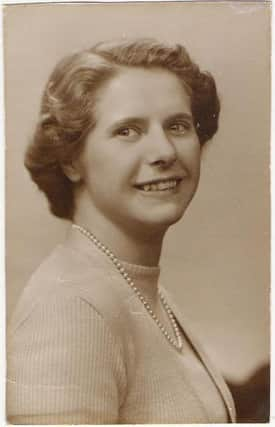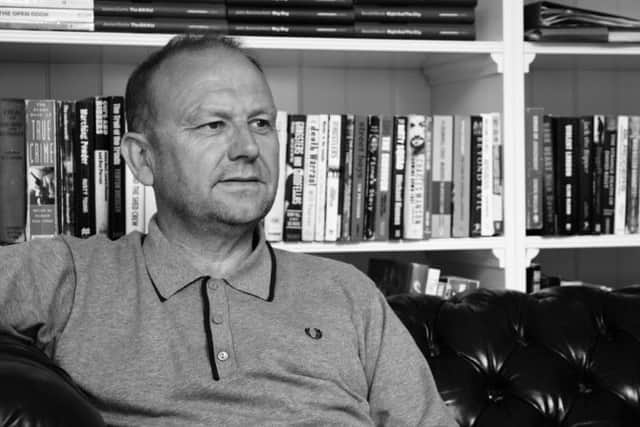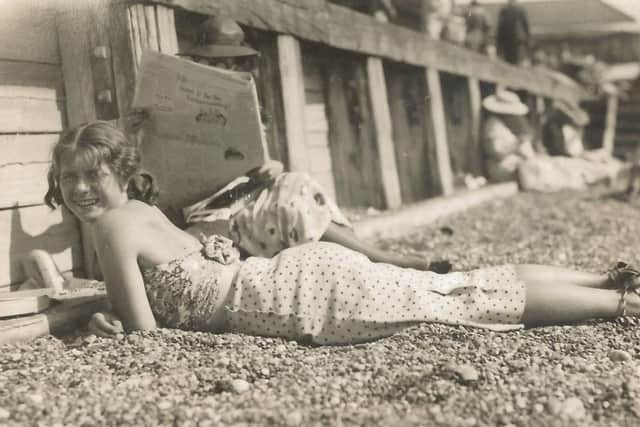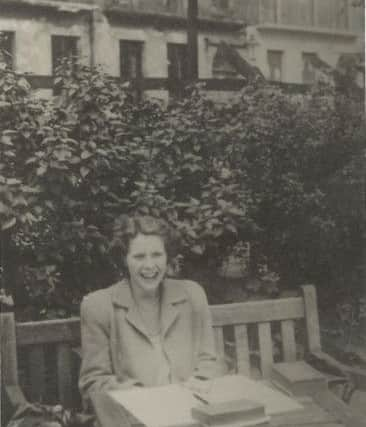Arundel's cold case revisited in new book


The murder made world wide news at the time and continues to intrigue local historians today. After gaining access through the Freedom of Information Act to previously unreleased material, Martin Knight has penned Justice for Joan: The Arundel Murder in order to document this part of the town’s history.
The book follows the story of a young woman whose body was discovered in the grounds of Arundel Castle. A local man was accused of committing the crime, and as a result, a very rare private prosecution was taken out against him.
Advertisement
Hide AdAdvertisement
Hide AdAlthough the police had a prime suspect, a wealth of circumstantial evidence, and the support of Scotland Yard’s elite murder squad which was brought in to help investigate, no one was ever convicted of the crime.


Martin said: “On the sweltering August Bank Holiday weekend of 1948 Joan Woodhouse, a demure, deeply religious librarian, left her lodgings in London to visit the family home in Barnsley, Yorkshire. She never arrived.
“A week later her body was discovered in the grounds of the Duke of Norfolk’s historic Arundel Castle in Sussex. Joan had been raped and strangled. Scotland Yard’s crack murder squad led by Inspector Fred Narborough were summoned, along with Dr Keith Simpson, the Home Office forensic pathologist, and so began a two-year saga that captivated press and public alike. The Yard pursued a number of fruitless leads before alighting on the local labourer who had discovered the body. Despite strong circumstantial evidence they felt they were unable to charge the man.
“The police had not banked on the tenacity of the victim’s family who would not let the matter rest and hired a private detective to gather more evidence. The Yard were pressured into launching a second investigation, despatching the legendary Inspector Spooner. He too finally decided there was not enough evidence to lay charges against the Arundel man. The desperate family then chose a course of action that had only been employed once before - a private prosecution for murder. The next time the legal device would be used in a murder case was that of Stephen Lawrence. The Woodhouses found themselves in a David and Goliath battle against the might of the establishment.”
Advertisement
Hide AdAdvertisement
Hide AdThe book is based on the fight for justice carried out by Joan’s family and her friends, particularly her best friend Lena Bamber. Lena and Joan’s family carried on the fight for the rest of their lives.


To put together his history of the cold case, Martin accessed a number of police documents that had not been made public before. After meeting Lena Bamber to speak about the case in 2010, Martin was also given access to the paperwork that the victim’s father had put together during the time he tried to press for a conviction of the local man.
Martin said: “I headed up to Derbyshire to meet with Lena - a very pleasant lady, very sharp. She was a former headmistress, and you could tell that. Within a few minutes, she produced this brown leather suitcase with the letters J T W embossed on it. It was Joan’s father, John Woodhouse’s personal case of everything related to Joan’s murder. As I unclicked the case, it creaked, dust flew, and I was transported back to 1948. There were newspaper cuttings, certificates, and countless letters. I remember having a strong sense that this cobwebbed baton had been passed to me.”
“While writing the book, I went to Arundel several times, and chatted to older people in the pubs who would remember the case. Without exception, everyone I spoke to were of the belief that the main suspect was guilty of the murder. One time, I was talking to one man who said ‘Oh, ask Joe over there, he’ll remember it’, and shouted the question ‘did he do it’?’ across the room at him. Joe replied ‘Well if he didn’t, then I expect Glenn Miller to walk in this pub any minute and order a pint.’”
Advertisement
Hide AdAdvertisement
Hide AdMartin’s findings point, at best, to police incompetence and, at worst, to conspiracy theories reaching right up to the highest echelons of society, suggesting a cover-up by the establishment.


Martin attempts to solve the question of whether an innocent suspect was vindicated or a guilty man cheated the hangman.
He said: “I think that this story is very important. There are a number of themes, but principally the fight for justice carried out by Joan’s family and friends, which has cascaded down the generations.”
Justice for Joan: The Arundel Murder is published by London Books and is available for purchase at www.amazon.co.uk/Justice-Joan-Arundel-Martin-Knight/dp/095681557X. To find out more about the book and the case, watch www.youtube.com/watch?v=jl4WEOs79-I.
Advertisement
Hide AdAdvertisement
Hide AdThe author has also written best-selling autobiographies of footballers George Best, Peter Osgood, Dave Mackay and Charlie Cooke. Gypsy Joe: Bareknuckle Fighter, Professional Golfer was selected as the Observer Sports Book of the Year in 2009.
Don’t miss out on all the latest breaking news where you live.
Here are four ways you can be sure you’ll be amongst the first to know what’s going on.
1) Make our website your homepage
2) Like our Facebook page
3) Follow us on Twitter
4) Register with us by clicking on ‘sign in’ (top right corner). You can then receive our daily newsletter AND add your point of view to stories that you read here.
And do share with your family and friends - so they don’t miss out!
Always the first with your local news.
Be part of it.